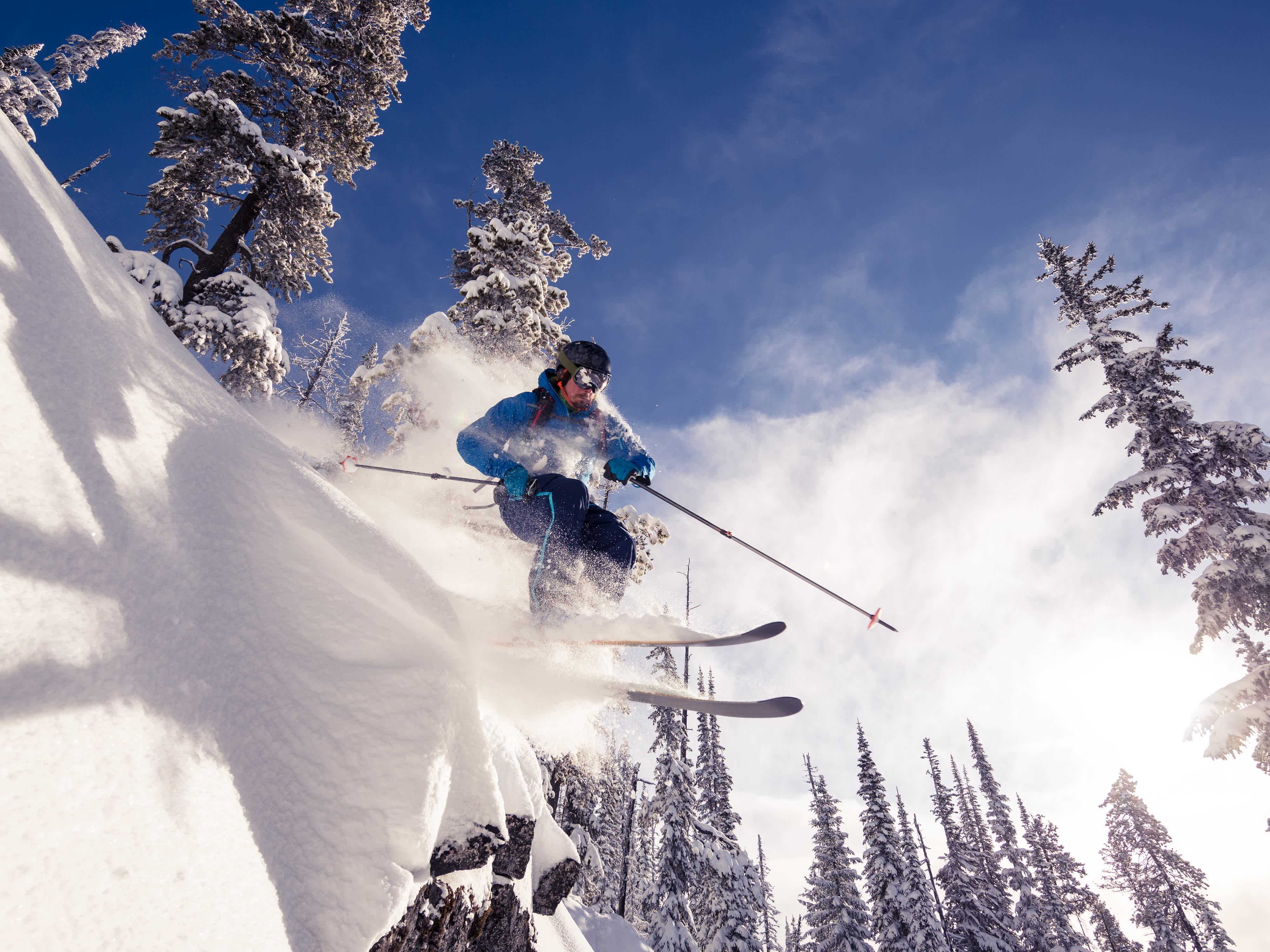Musculoskeletal pain in the hospitality industry
Employees in the hospitality industry are 40% more likely to be injured when compared to those in the larger service sector. Much of this can be attributed to the inherently physical work of employees within the hospitality industry.
- Hinge Health Learning Center
- Articles
- Musculoskeletal pain in the hospitality industry
Reviewed by our clinical and medical experts
Barbara Feuerstein
In 2017 Kevin, a 46 year old Ski Instructor at Vail Resorts, was injured in a skiing accident. When he saw the doctor, they discovered that he had torn his meniscus and needed surgery. Willing to do whatever it took to return to his profession and active lifestyle, Kevin went under the knife to repair the damage to his knee. However, after the surgery his knee continued to cause him pain, and he became concerned that his career of 29 years might be over.
The Drivers of Musculoskeletal (MSK) Disorders in Hospitality
Stories like Kevin’s are all too common in the hospitality industry. In fact, employees in the hospitality industry are 40% more likely to be injured when compared to those in the larger service sector. Much of this can be attributed to the inherently physical work of employees within the hospitality industry. Examples of job movement that put hospitality employees at an increased risk for musculoskeletal disorders include:
Prolonged time standing
Repetitive physical tasks
Heavy lifting
Awkward postures or reaches
Limited rest time between activities
While certain precautions like education and customized tools can help minimize the impact of these activities, they can only do so much.
Patients Get Overwhelmed With MSK Treatment Options
As Kevin’s knee pain worsened over two years, he tried to manage it the best he could. At first he tried the RICE principle (rest, ice, compression, and elevation) and used over-the-counter pain medicine, both of which made little difference for his chronic pain. He then turned to physical therapy, but found it difficult to make appointments with his hectic, shift-based schedule. In tandem with physical therapy, Kevin also tried gel injections, but did not find them to be effective at quelling his chronic pain. Thinking he had exhausted all other options, Kevin began to consider having a second surgery to stop the pain.
Evidence-Based, Conservative Care Helps Patients Avoid Surgery
After suffering from knee or joint pain for several years, many are willing to do whatever it takes to make the pain go away. However, surgery is not a quick fix and is the leading reason why employer MSK spend is so high. In fact, across Hinge Health’s book of business, surgery and drugs alone account for over 75% of the average self-funded employer’s MSK spend. This is because our medical system overuses surgery and drugs, instead of recommended preventative care. Avoiding overutilization of expensive, elective surgeries with preventative conservative care could be one of the most important things you do to impact your medical spend.
So, if not surgery or drugs, then what? Expert guidelines like the American Academy of Family Physicians (AAFP) and American College of Physicians (ACP) consistently recommend 3 pillars of non-surgical, preventative MSK care: exercise therapy, behavioral health, and education. The only problem is that many members report that they do not have the time or know-how to pursue evidence-based MSK care.
Hospitality Employees with Chronic Pain Need Easier Access to Care
Kevin also felt like he did not have the time or know-how to pursue evidence-based MSK care until his coworker recommended he try the Hinge Health program, provided as a healthcare benefit by his employer, Vail Resorts. Hinge Health empowers users to overcome barriers to receiving best-practice MSK care by taking established, proven non-surgical care guidelines, and turning them into a digital, coach-led program. The program, which is delivered remotely using mobile and wearable technology, can help your members reduce back and joint pain and avoid unneeded surgeries.
With the support of his health coach, Kevin was able to meet his exercise therapy goal of 3 sessions a week, something that he was never able to do with physical therapy. After a couple of weeks, he noticed a reduction in his pain. With the help of the program’s pain neuroscience education curriculum, he learned how to manage upticks in pain. Now, Kevin is back to skiing without pain and confident that chronic pain isn’t going to stop him from achieving his lifelong passion of being a ski instructor.
Download our case study to learn more about how Vail Resorts saved $1.5M in avoided surgeries in year-1 by implementing the Hinge Health solution with members like Kevin.
References:
U.S. Department of Labor, Bureau of Labor Statistics (2005).
Occupational Safety and Health Administration, Department of Labor. Ergonomics Program. (2001).
Deyle, G. D. Ann Intern Med 132, 173–181 (2000).
Gatchel, R. J. & Okifuji, A.. The Journal of Pain 7, 779–793 (2006).
Tilbury, C et al. “Return to work after total hip and knee arthroplasty: results from a clinical study.” Rheumatology International 35,12 (2015): 2059–67.

